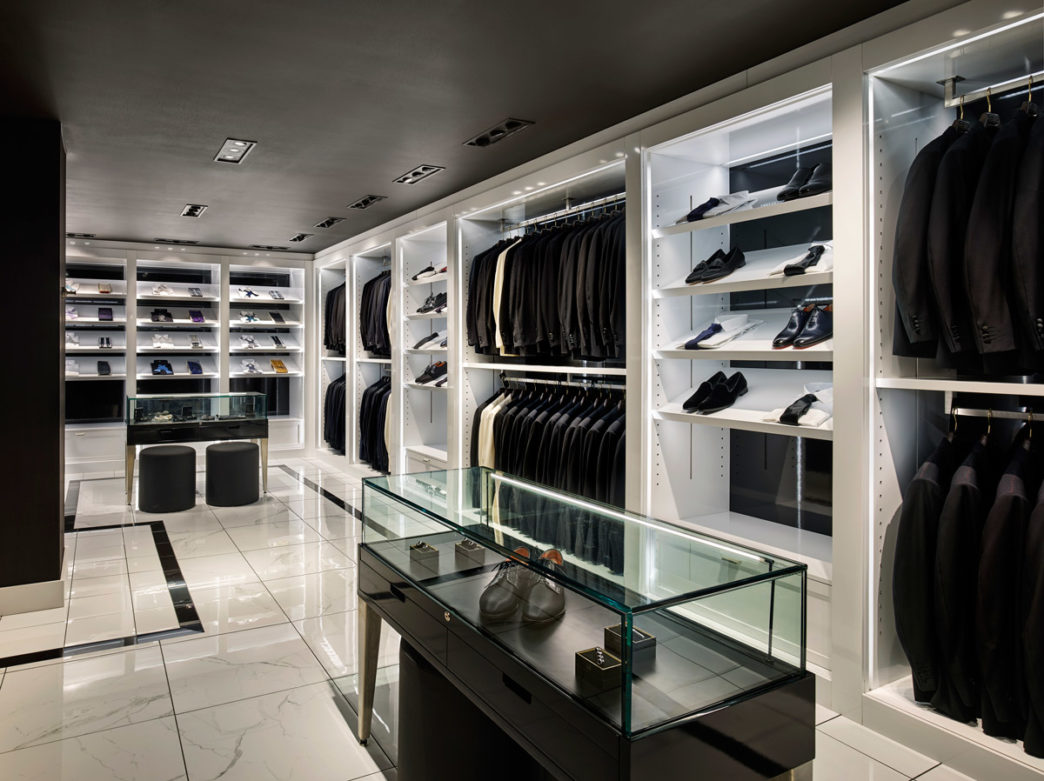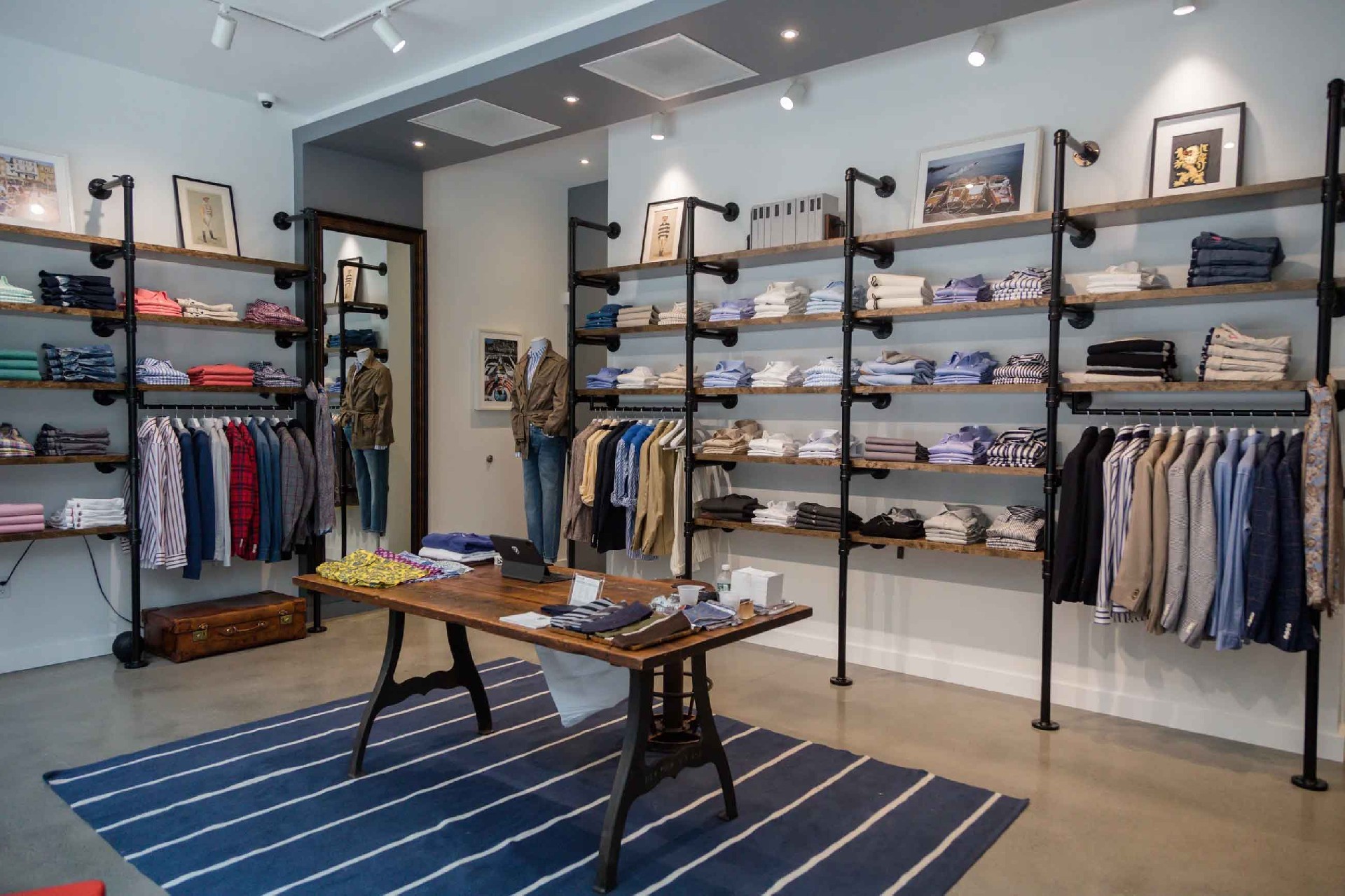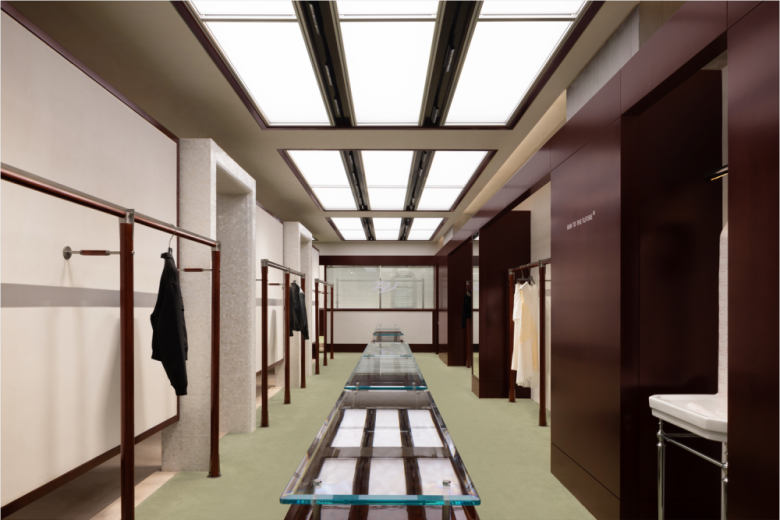In today's retail industry, consumers' perception of the shopping environment goes far beyond the product itself. Space design and display methods have become crucial factors influencing purchasing decisions. Customized display furniture, a core element in retail spaces, is becoming a key tool for enhancing product presentation and brand image thanks to its high adaptability and unique design language.
Customized display furniture primarily aims to meet the unique needs of different retail categories. Products such as clothing, jewelry, electronics, and home accessories have distinct characteristics and demand varying display methods. For example, hanging hangers for clothing must balance load-bearing capacity and form, with appropriate height and spacing ensuring a clean and comfortable visual experience. Jewelry display cabinets, on the other hand, require a careful integration of lighting and materials, utilizing highly transparent glass and soft, focused lighting to highlight the details and texture of the jewelry. Electronic product displays emphasize technology and interactivity, and customized furniture can incorporate features like smart charging ports and touch screens to enhance the customer experience. Through tailor-made design, furniture not only complements the product's attributes but also becomes a platform for showcasing its strengths.
Creating visual impact is an essential value of customized display furniture. Unique design and material choices make display furniture the focal point of a space, capturing customers' attention. For example, a mixed metal and wood design ensures durability while also creating a modern and warm feel. Curved display stands break from traditional linear designs, creating a sense of fluidity and an artistic atmosphere. Appropriate color combinations, such as classic black, white, and gray tones or brand-specific colors, further highlight the layers and uniqueness of the products. This visual depth and rich details spark customers' curiosity and encourage them to spend more time, subtly fostering their desire to purchase.
Furthermore, customized display furniture plays an irreplaceable role in boosting sales conversion rates. Appropriate display heights and angles ensure that products are easily accessible and accessible to customers. Appropriate spatial layout and furniture configurations encourage natural customer flow and increase stay time. Furthermore, the sense of exclusivity and quality created by customized furniture strengthens customers' trust and enhances their purchasing decision. In line with the trend of digital retail integration, some customized furniture also incorporates intelligent interactive features, such as QR code scanning and AR trial experiences, providing customers with multi-dimensional information support and shopping convenience, further improving conversion efficiency.
From an operational and maintenance perspective, custom display furniture is designed with durability and convenience in mind, both in terms of materials and structure. High-quality surface treatments prevent scratches and stains, and modular designs facilitate disassembly and replacement, ensuring long-term aesthetics and practicality. This reduces operating costs while ensuring a sustainable and stable brand image.
In short, custom display furniture is far more than a simple display tool; it is a comprehensive vehicle that integrates functionality, aesthetics, and brand value. By precisely tailoring the display needs of individual products, it creates a strong visual appeal and optimizes the customer shopping experience, effectively driving sales and brand building. In today's increasingly competitive retail landscape, custom display furniture has become a strategic core for creating a differentiated store image and enhancing market competitiveness.






